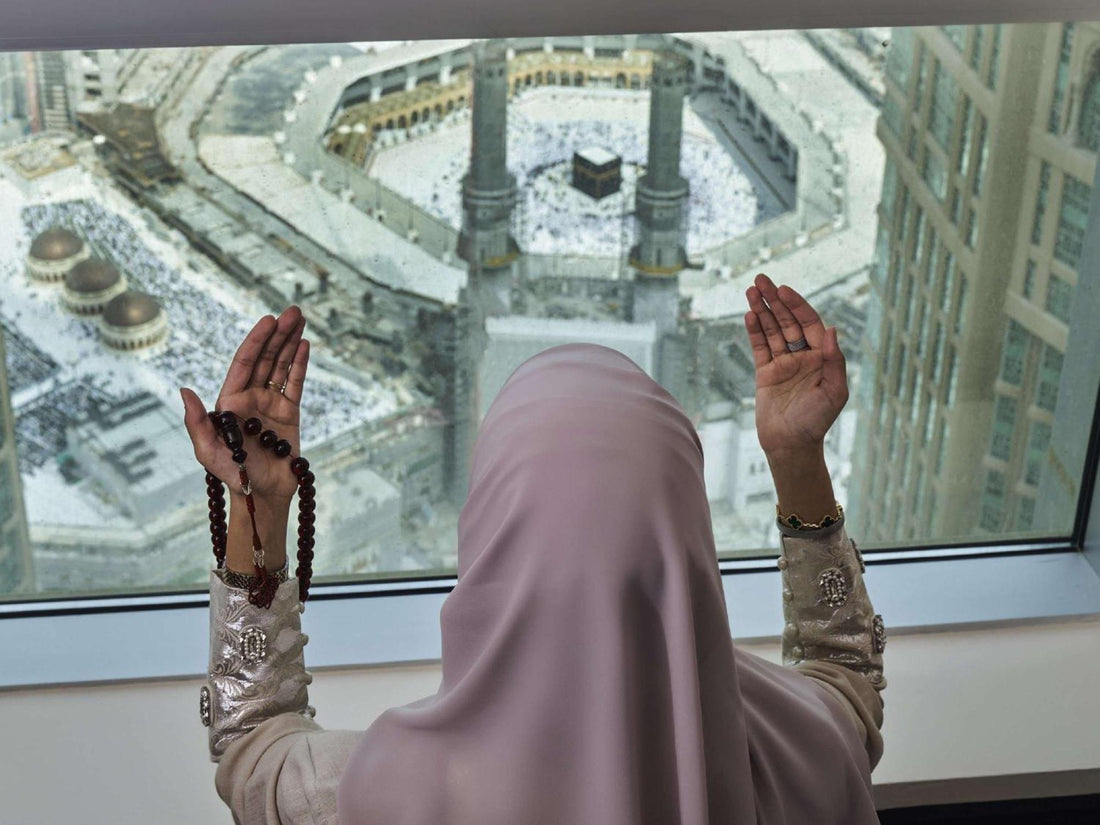
Hajj Simplified
Share
Hajj, the pilgrimage to Mecca, is one of the most sacred acts of worship in Islam and a life-changing journey for millions of Muslims worldwide. As the fifth pillar of Islam, it is an obligation for every Muslim who is physically and financially able to undertake this journey at least once in their lifetime. This guide will walk you through everything you need to know about Hajj—from its significance to practical tips for a seamless experience.
The Significance of Hajj
Hajj is not just a physical journey but a spiritual transformation. It is a time for self-reflection, repentance, and reconnecting with Allah. The pilgrimage commemorates the trials and sacrifices of Prophet Ibrahim (AS), his wife Hajar, and their son Prophet Ismail (AS). Every ritual performed during Hajj holds profound historical and spiritual meanings, reminding Muslims of their faith, unity, and submission to Allah.
The Key Steps of Hajj
Hajj takes place in Dhul-Hijjah, the last month of the Islamic calendar. The rituals span over five to six days, and each step is essential:
1. Ihram
Ihram is the state of spiritual purity and the simple white clothing worn by pilgrims. It symbolizes equality, humility, and detachment from worldly matters.
2. Tawaf
Pilgrims circle the Kaaba seven times, signifying their devotion to Allah.
3. Sa’i
This involves walking between the hills of Safa and Marwah, reenacting Hajar’s search for water for her son.
4. Arafat
The Day of Arafat is the pinnacle of Hajj. Pilgrims gather on the plains of Mount Arafat, seeking Allah’s forgiveness and making heartfelt supplications.
5. Muzdalifah
Pilgrims spend the night under the open sky, collecting pebbles for the next day’s ritual.
6. Ramy al-Jamarat
Pilgrims throw pebbles at three pillars in Mina, symbolizing the rejection of Satan’s temptations.
7. Qurbani
An animal sacrifice is performed, reflecting Prophet Ibrahim’s willingness to sacrifice his son in obedience to Allah.
8. Tawaf al-Ifadah
Pilgrims return to the Kaaba for another tawaf, marking the completion of Hajj.
Practical Tips for a Successful Hajj
1. Plan Ahead
Secure your Hajj visa and book your travel and accommodations well in advance.
2. Pack Wisely
Bring essential items such as comfortable footwear, lightweight clothing, a prayer mat, and basic toiletries.
3. Stay Hydrated and Energized
The physical demands of Hajj can be challenging, especially in the heat. Carry water, energy snacks, and electrolyte supplements.
4. Learn the Rituals
Familiarize yourself with the steps of Hajj and their meanings. Watching videos or attending a Hajj seminar can be helpful.
5. Stay Connected
Bring a portable charger and a local SIM card to keep in touch with your group and loved ones.
6. Be Patient and Humble
Hajj is a test of patience. Embrace the crowds and challenges as part of your spiritual journey.
Spiritual Preparation for Hajj
• Sincere Intention: Ensure your sole purpose is to seek Allah’s pleasure.
• Repentance: Cleanse your heart by seeking forgiveness from Allah and making amends with others.
• Learn Supplications: Memorize and practice key duas for each stage of Hajj.
After Hajj: Carrying the Lessons Forward
The conclusion of Hajj is marked by the title of Hajji for those who perform it. However, the true essence lies in how it transforms your life. Return with a renewed sense of purpose, a purified heart, and a commitment to living a life that reflects the principles of Islam.
Conclusion
Hajj is a profound journey that strengthens your faith, purifies your soul, and connects you with millions of Muslims worldwide in unity and devotion. By preparing physically, emotionally, and spiritually, you can make this experience truly life-changing. May Allah grant us all the opportunity to undertake this sacred journey. Ameen.
Are you ready for the journey of a lifetime? Start your preparations today, and let your Hajj be the gateway to a closer relationship with Allah.
